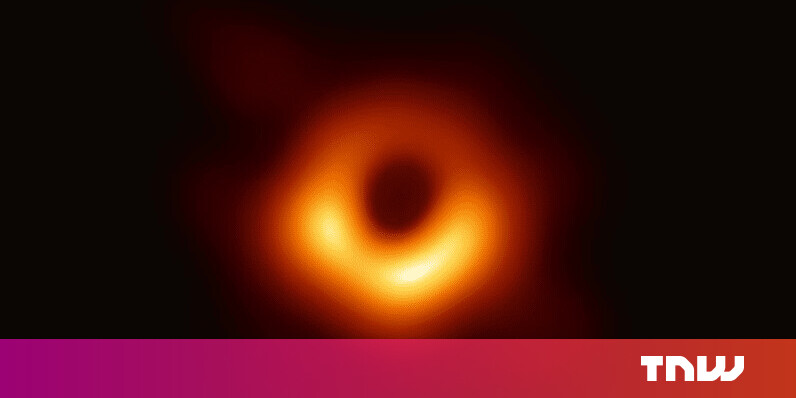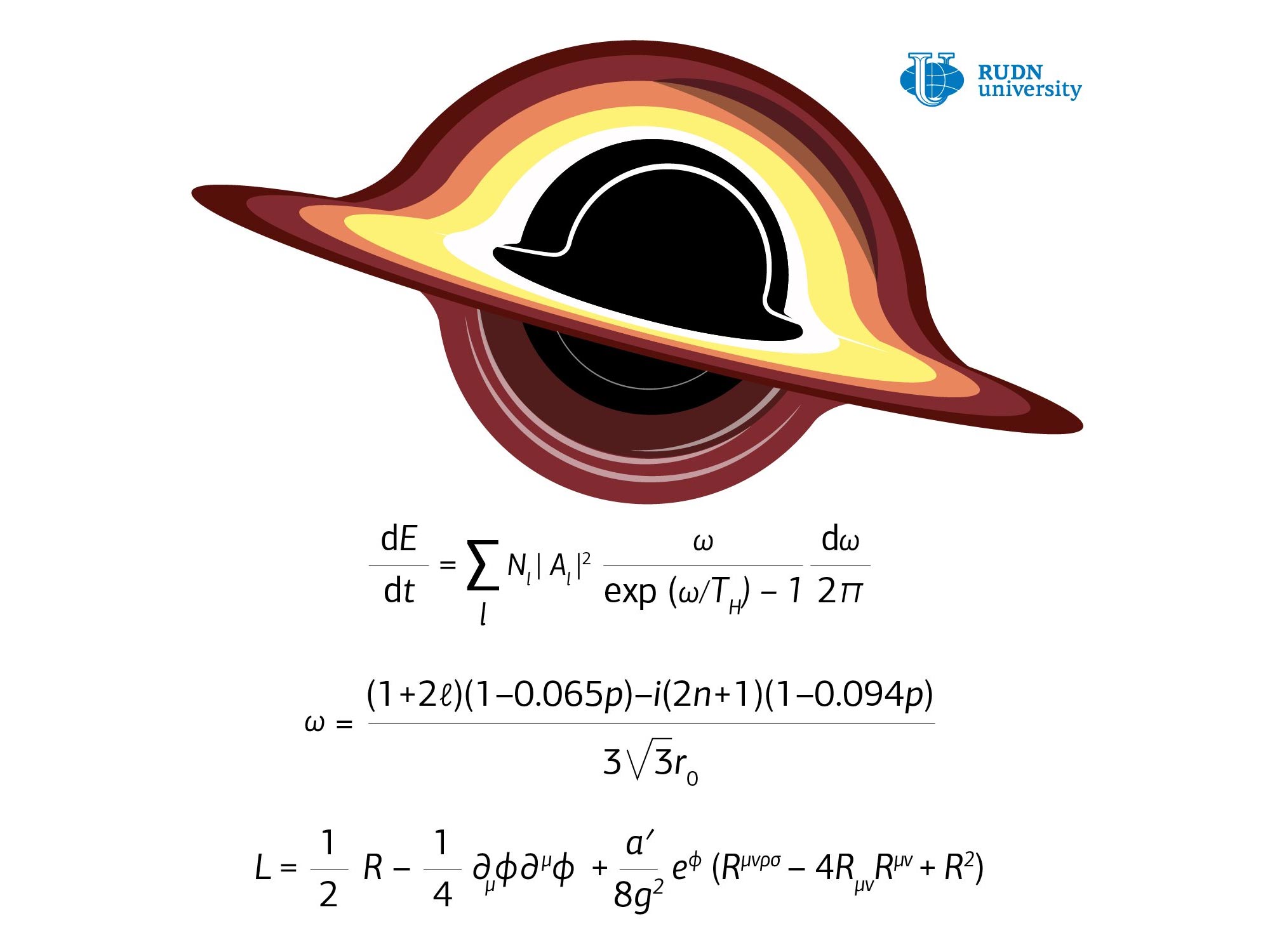An image of a huge, powerful jet of plasma powered by a supermassive black hole has been captured by researchers in unprecedented detail.
The team say the bright blob on the left of the image is thought to be the disc of gas and dust swirling around the black hole, with the jet of plasma depicted by a stream of less intense red features apparently emanating from it.
Experts say the jet is part a structure known as a blazar. These are formed from quasars – supermassive black holes which are actively sucking in material – that wind up magnetic fields as they spin, resulting in material from around the black hole being shot out in two jets, one of which points towards the Earth.
Other things to check out:
The future of black hole images is bright

This month marks the first anniversary of the image of the environment directly surrounding the black hole at the center of the M87 galaxy —captured by the Event Horizon Telescope (EHT). In the twelve months since this spectacular achievement, researchers have not rested on their laurels. Several teams have been hard at work imagining and theorizing ways to build a better black hole image.
Just this week, as that anniversary approaches, researchers have published a study that promises to both improve the imaging of black holes but also increase the amount of information that can be derived from such images.
Black hole exploded, gravitational lensing creates illusion of more black holes

There are special effects in space—but unlike whatever goes on in movie studios on Earth, these happen on their own.
An exploded black hole observed by the ALMA (Atacama Large Millimeter/submillimeter Array) telescope 11 billion light-years away showed up more like four black holes. Behind this effect is the phenomenon of gravitational lensing . This is when the gravity of an object or galaxy between the observer and what they are observing magnifies the thing they are trying to see .
Hubble Finds the Missing Link in Black Hole Formation | Digital Trends

Researchers using the Hubble Space Telescope have found the first evidence for a type of black hole that has only been hypothesized so far.
Astronomers have found plenty of black holes which are either large, being hundreds of millions of times the mass of our sun, or small, being around five times the mass of our sun. But they have found no intermediate black holes, only indirect evidence of them, which raises questions of how black holes merge and grow from small to large.
And here's another article:
Event Horizon Telescope peers down a black hole's jet | Astronomy.com
It’s been about a year since the Event Horizon Telescope (EHT) Collaboration released the first image of a black hole . That groundbreaking snapshot featured the supermassive black hole at the center of M87, a massive elliptical galaxy 55 million light-years from Earth.
Now, the EHT Collaboration has released a new image, which shows a jet shooting from the nearly 1-billion-solar-mass black hole 3C 279, located about 5 billion light-years away. The results associated with the image were published today in Astronomy & Astrophysics .
This black hole blew a hole in the cosmos - Chicago Tribune

If there were ever sentient beings in the Ophiuchus cluster, a faraway conglomeration of galaxies in the southern sky, they are long gone. A few hundred million years ago, a mighty cosmic storm swept through that region of space. Hot gas suffuses the cluster, but the storm blew a crater through it more than a million light-years wide, leaving just a near vacuum, a nattering haze of ultrahot electrical particles.
The culprit, astronomers suspect, was a gigantic outburst of energy from a supermassive black hole — the biggest explosion ever documented in the universe, according to Simona Giacintucci, a radio astronomer at the Naval Research Laboratory and the leader of the research team.
Step Toward Grand Unification Theory: Calculating Hawking Radiation at the Event Horizon of a

A physicist has developed a formula for calculating Hawking radiation in the vicinity of an Einstein-dilaton-Gauss-Bonnet black hole. Credit: RUDN University
Although Einstein’s gravitation theory corresponds to the recent discovery of gravitation waves, it still leaves open some questions, including the nature of the singularity, dark matter, dark energy, and the question of quantum gravity. Also, even observations of gravity waves do not exclude that alternative gravitation theories may be accurate, and they can be used to describe black holes.
Researchers believe they've found a new type of black hole that eats stars

Thanks to sci-fi films and general pop-culture fascination we're all familiar with the supermassive black holes floating out there in space. Die-hard black hole fans might also know there are smaller, stellar-mass black holes that exist as well. But what about medium-sized black holes? Astronomers have looked for them for years, but until recently didn't have much hard evidence that they exist.
Called 'intermediate-mass' black holes (IMBH), these space phenomena have been difficult for astronomers to find due to their middling size. So difficult, in fact, that IMBHs have been mostly theoretical. There were a few black holes that were considered possible IMBH candidates in years past, but hard-hitting proof of this mid-sized white whale has been scant.
Happening on Twitter
Scientists capture image of black hole emitting high-energy jets https://t.co/hcRPvMrxEC guardian (from London) Tue Apr 07 14:37:43 +0000 2020
No comments:
Post a Comment